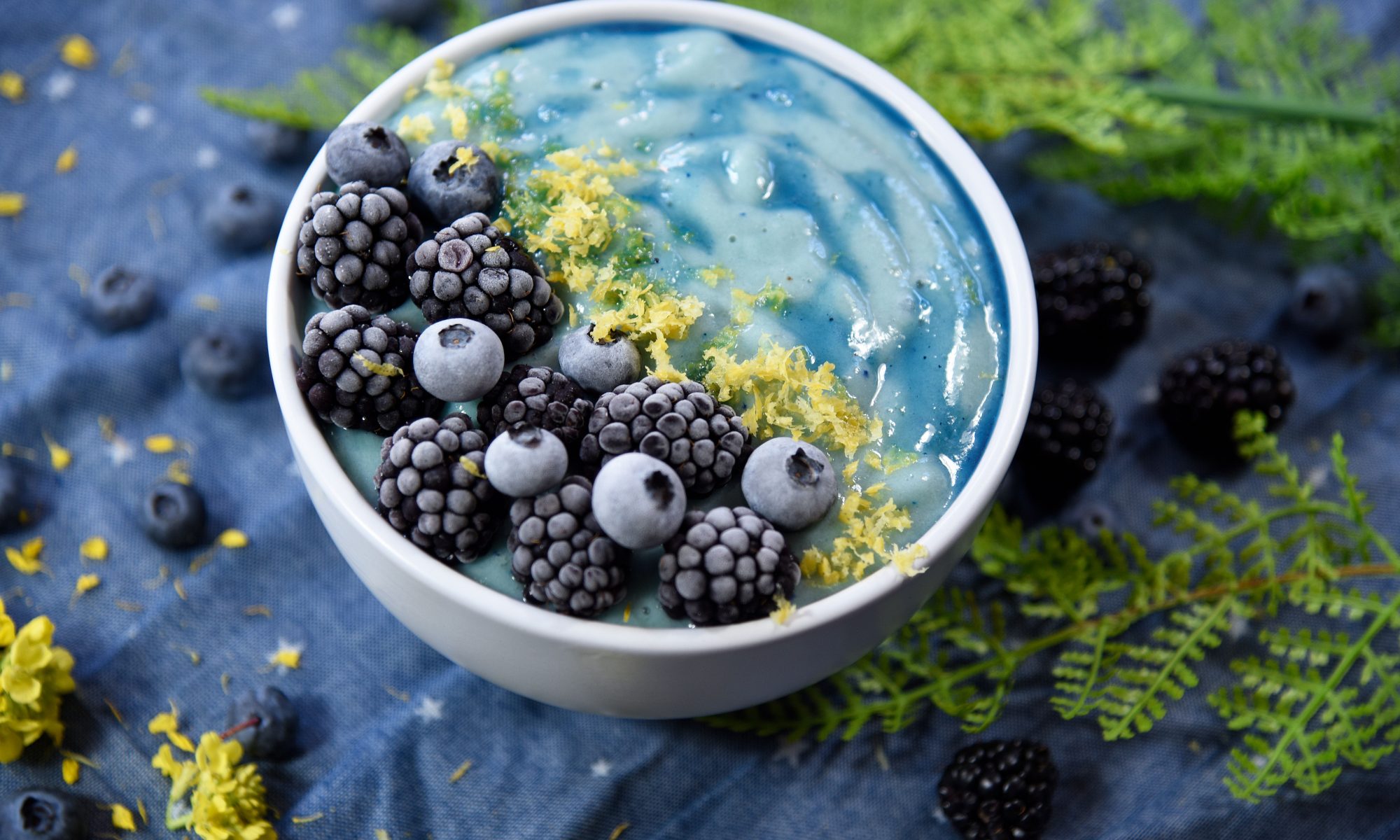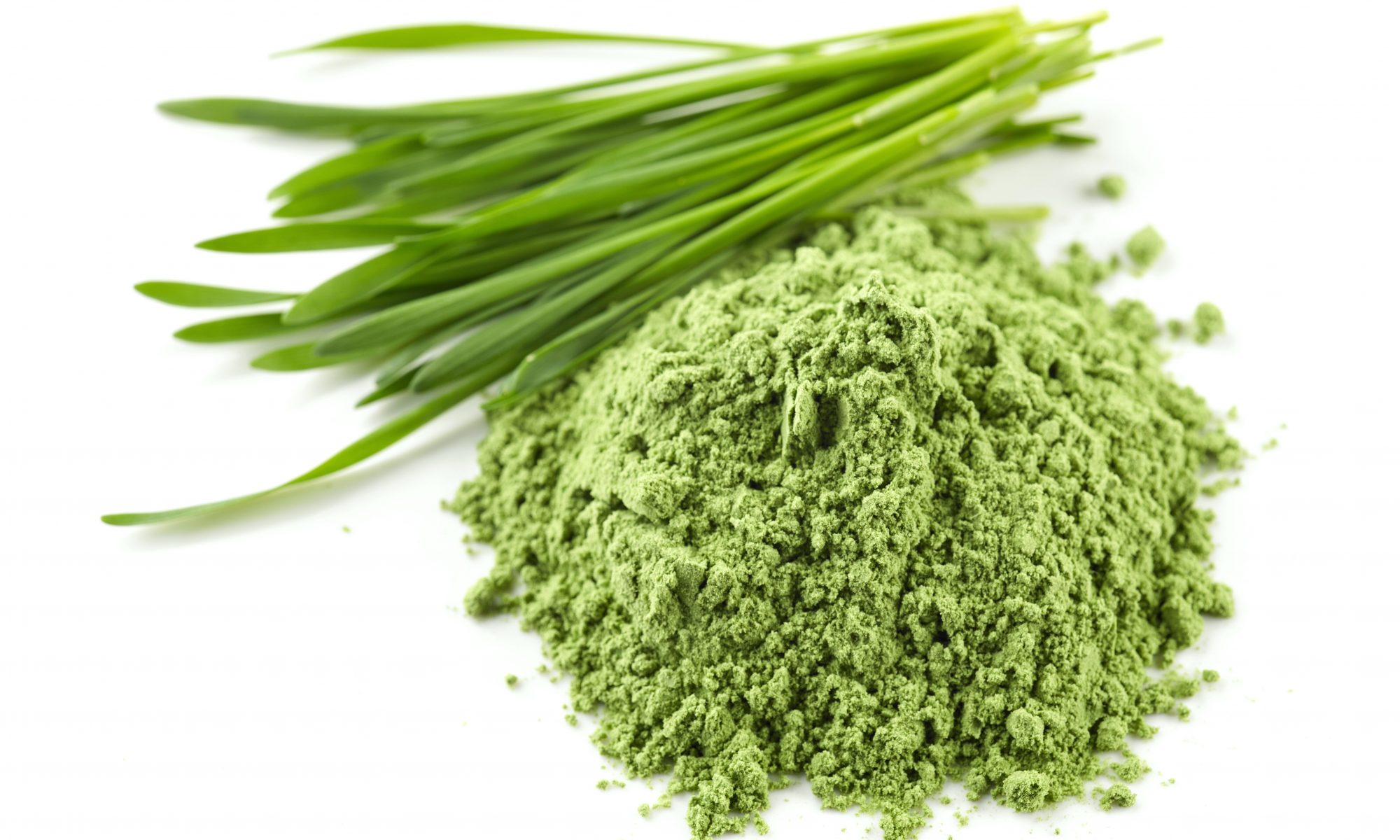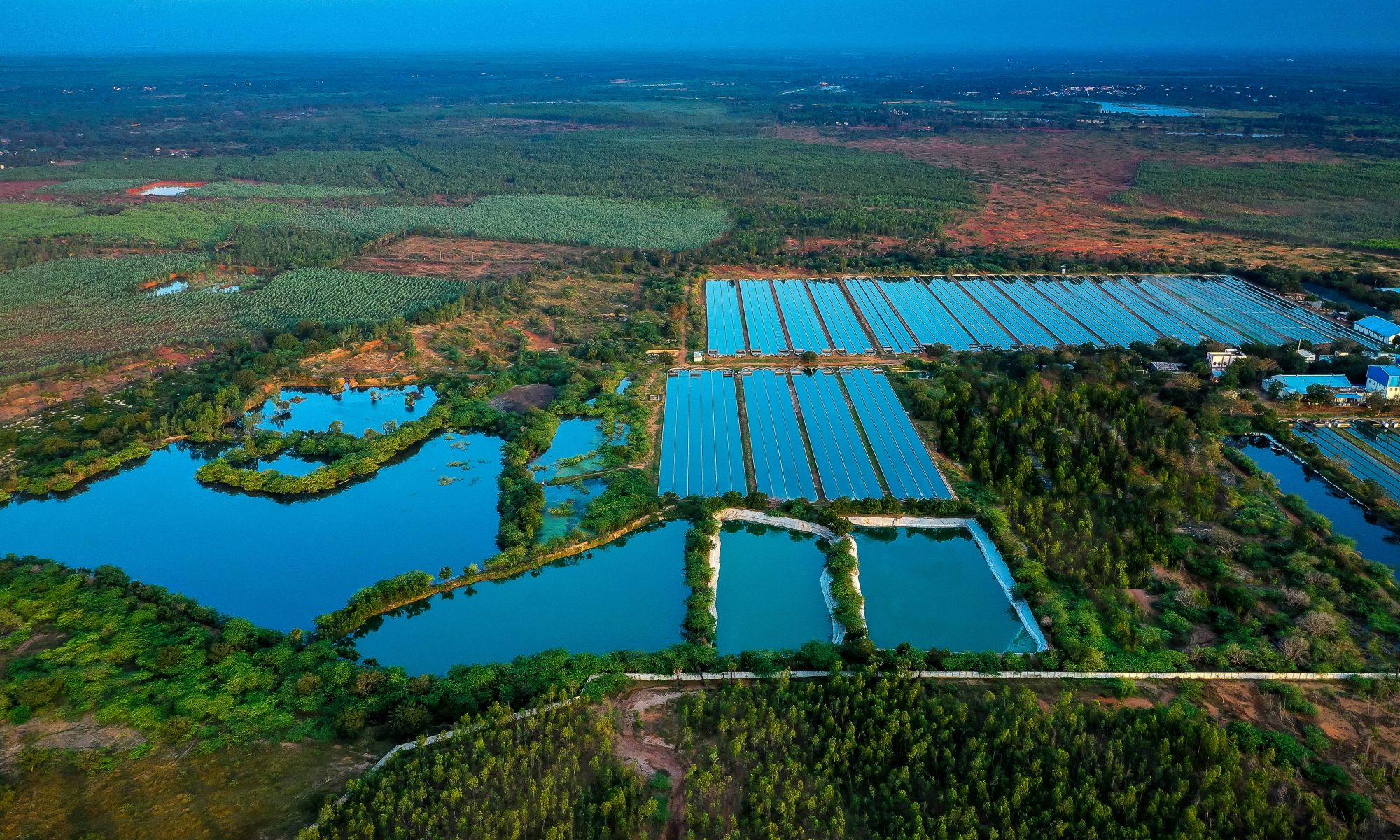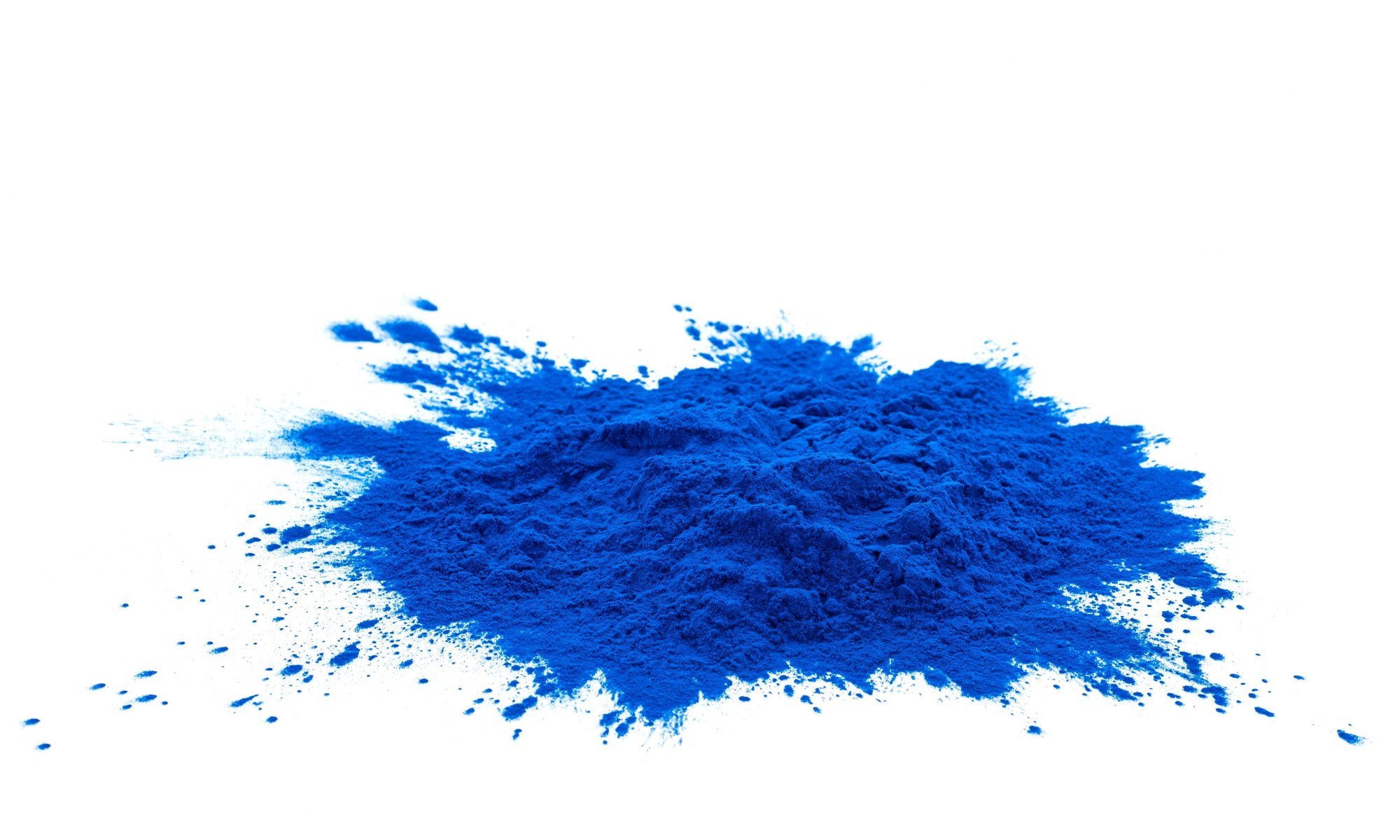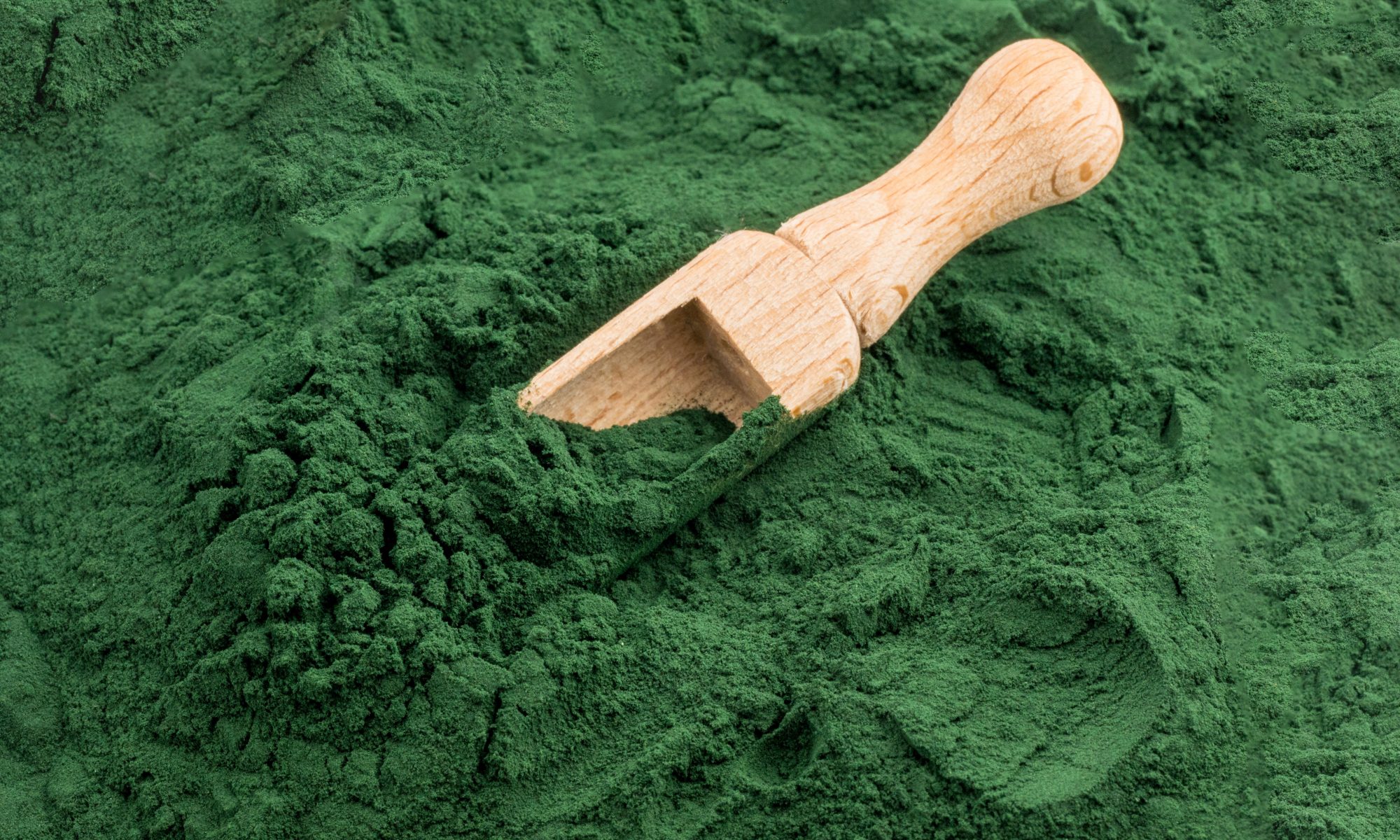Phycocyanin, a pigment protein known as ‘blue gold’ is extracted from Spirulina, found in algae. The pigment protein works in conjunction with chlorophyll in increasing the efficiency of oxygen production in low light conditions. This complex is loaded with various nutritional benefits which can protect from numerous diseases.
Apart from its usage in the field of medicine, there are other applications of this complex that are gaining traction in several other industries. Read on to find out what these uses are.
1. Cosmetics
Phycocyanin is primarily used as a colorant in the cosmetic industry for its characteristic pigment. Additionally, the component attracts significant attention in the arena of skincare due to its free radical scavenging and anti-inflammatory properties. Microalgae are being increasingly used in the treatment of several common skin conditions like pigmentation, tanning and ageing. Phycocyanin reportedly possesses anti-melanogenic properties that interrupt the process of melanin formation on the skin and hence becoming a preferred component in skin whitening products.
2. Super Food
The antioxidant and immune-boosting properties of Phycocyanin have healing effects on the body, making it a superfood that is in high demand. The component is a naturally grown source of very high protein. Animal studies have proven its capability in the prevention of medical conditions like macular degeneration and arthritis. It is the oxidation of low-density lipoproteins (LDL) also known as bad cholesterol that poses a threat of cardiovascular diseases and organ damage. The antioxidant properties of phycocyanin help lower LDL cholesterol and increase HDL cholesterol.
3. Food & Beverage
Ever since the FDA approved the usage of Phycocyanin in food and beverages in 2013, the demand for it has been steadily increasing. It is widely preferred in the food and beverage industry for its attractive color and texture. The naturally obtained color has become increasingly popular, especially after the ban of synthetic food coloring.
4. Organic Substitute to Synthetic Dyes
Phycocyanin is the component that is responsible for the intense blue color in blue-green algae. It emits red fluorescence and absorbs light directly. The intense color of the pigment makes it a widely preferred natural dye that does not have any toxic effects. Increasing awareness of the harmful effects of artificial colors has caused a surge in the demand of organically produced Phycocyanin. The pigment is used in a wide array of industries like cosmeceuticals, nutraceuticals, pharmaceuticals, textile industry as a naturally dying agent. Natural colors like red, blue, green and brown are being produced from Phycocyanin by companies across the world.
With growing consciousness towards the use of organic products globally, the market demand for Phycocyanin has been steadily increasing. The naturally and economically produced component is being sought after by several industries for its varied applications and nutritional benefits.
Source:
● 2021, Future Market Insights, Phycocyanin market.
● 1989, Marcos and Henry, Phycocyanin – an overview
● 2011, L.C. Wu, Y.Y. Lin, et al. Antimelanogenic effect of c-phycocyanin through modulation of tyrosinase expression by upregulation of ERK and downregulation of p38 MAPK signalling.
● Guy, Claudia. “Ancient Superfood Spirulina & Antioxidant Phycocyanin.” Invite Health
● M. Kuddus, P. Singh, et al. “Recent Developments in Production and Biotechnological Applications of C-phycocyanin”. https://www.hindawi.com/journals/bmri/2013/742859/)
